Adventure tourism has created markets for increasingly extreme activities that push far beyond reasonable risk-reward ratios, often targeting inexperienced participants who lack proper training or understanding of the genuine dangers involved. Some activities have fatality rates that should eliminate them from any rational person’s vacation planning, yet operators continue marketing them to thrill-seekers who mistake unnecessary risks for authentic adventure.
Here’s a list of 14 dangerous adventure activities that pose unacceptable risks that far outweigh any potential rewards or memorable experiences.
Free Solo Rock Climbing
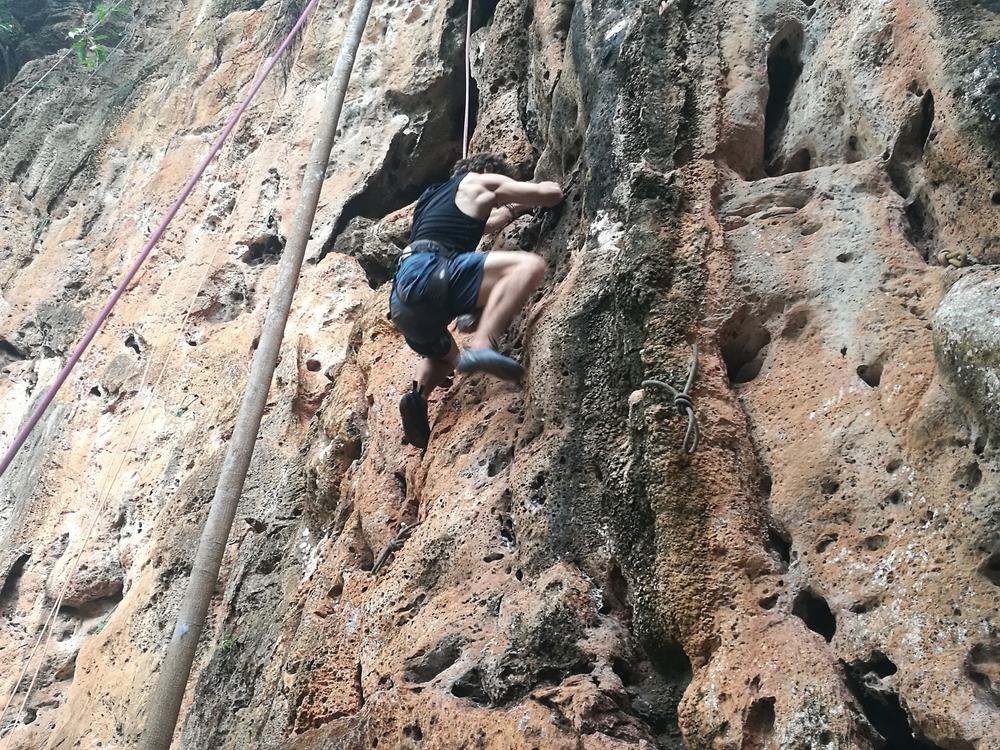
Climbing without ropes or safety equipment transforms rock climbing from a calculated risk sport into pure gambling with death, where single mistakes result in fatal falls regardless of climbing experience or skill level. Weather changes, loose rock, or momentary lapses in concentration become death sentences rather than manageable challenges.
Even world-class climbers like Alex Honnold acknowledge that free soloing depends more on luck and perfect conditions than skill alone, making it unsuitable for anyone who values their life over bragging rights.
Cave Diving in Overhead Environments
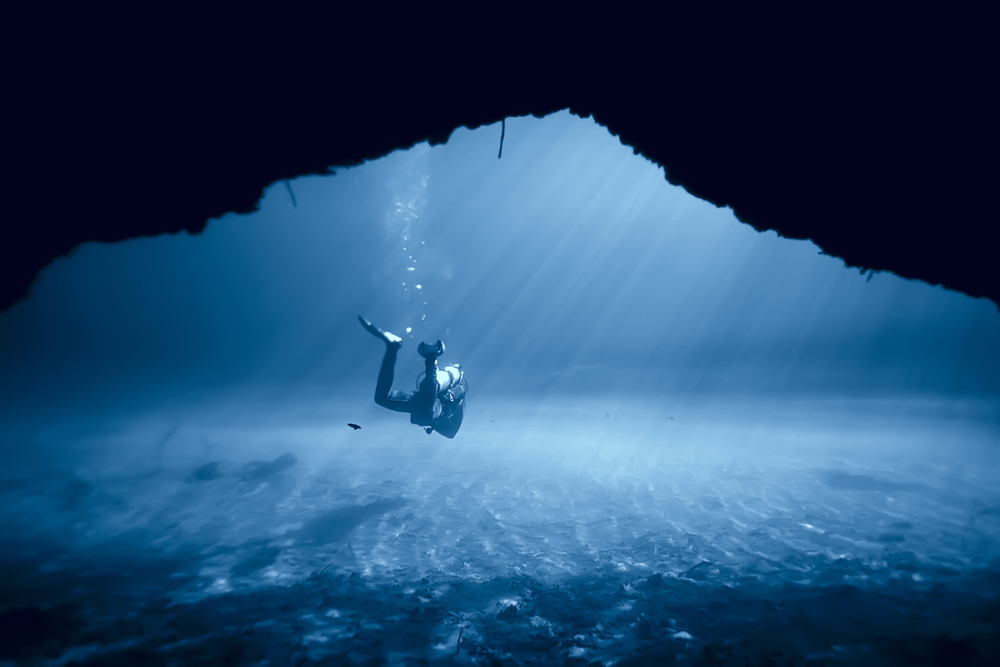
Underwater cave systems create multiple failure points where equipment problems, navigation errors, or panic responses quickly become fatal in environments where direct ascent to surface air is impossible. Sediment clouds from poor buoyancy control can reduce visibility to zero within seconds, while getting lost in cave systems means certain death when air supplies run out.
Even experienced cave divers acknowledge that this activity combines all the ways scuba diving can kill you with additional hazards that eliminate most emergency response options.
Like Travel Pug’s content? Follow us on MSN.
Volcano Boarding
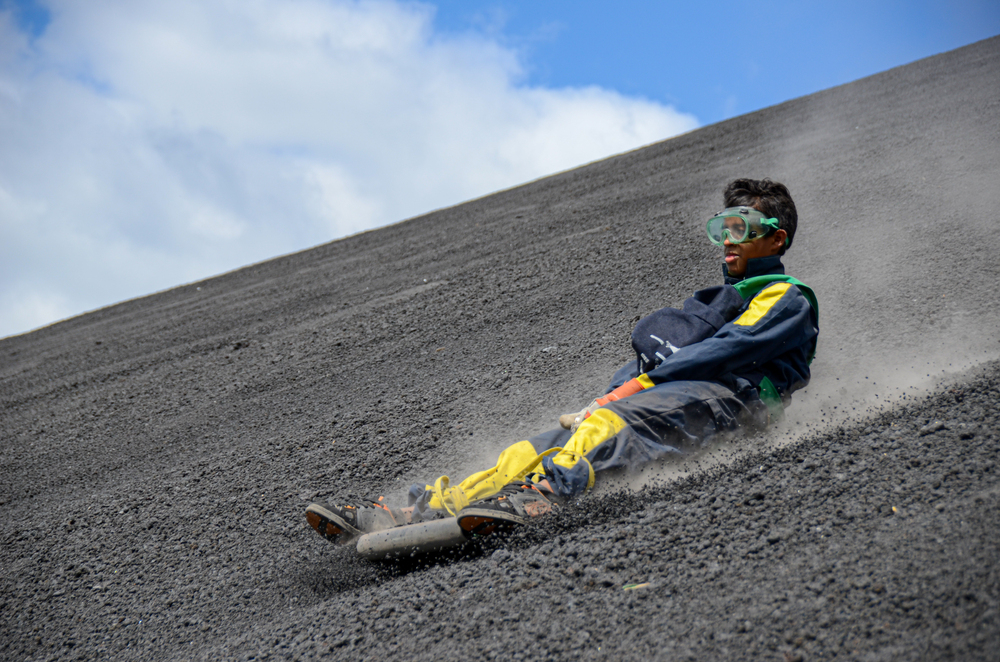
Sliding down active volcanic slopes on makeshift boards seems adventurous until you consider that volcanic rock tears through protective equipment like sandpaper, while volcanic activity can change instantly without warning. The sharp, unstable terrain creates conditions where losing control results in severe lacerations and potential encounters with toxic volcanic gases.
Medical evacuation from remote volcanic areas often proves impossible, meaning injuries that would be manageable elsewhere become life-threatening emergencies.
Running of the Bulls

This Spanish tradition combines alcohol consumption with proximity to animals that weigh over 1,000 pounds and have been specifically bred for aggression, creating conditions where trampling injuries and gorings occur regularly. The narrow street layout prevents escape routes when bulls charge, while crowds of intoxicated participants increase collision risks and reduce overall safety awareness.
Medical statistics show that serious injuries occur during virtually every running event, with deaths happening frequently enough to make participation essentially a form of gambling with permanent disability.
Wingsuit Base Jumping
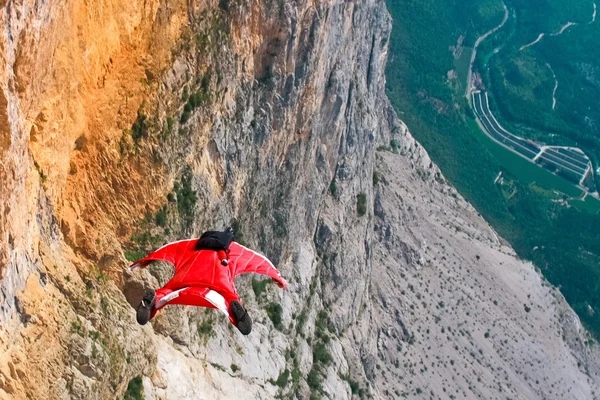
This activity combines the already dangerous sport of base jumping with additional equipment that can malfunction, creating scenarios where experienced jumpers die from problems that wouldn’t be fatal during regular parachute jumps. The proximity flying that makes wingsuiting spectacular also means that minor navigation errors result in impacts with cliffs, trees, or terrain at speeds exceeding 120 miles per hour.
Even expert wingsuit pilots acknowledge that the sport’s fatality rate approaches one death for every 2,300 jumps, making it statistically more dangerous than playing Russian roulette.
Like Travel Pug’s content? Follow us on MSN.
Swimming with Great White Sharks

Despite marketing claims about safety cages and controlled conditions, shark encounters involve wild predators whose behavior patterns remain unpredictable regardless of operator experience or safety protocols. Cage failures, equipment malfunctions, or aggressive shark behavior can create situations where participants face animals evolved specifically for killing prey in aquatic environments.
The remote ocean locations where shark encounters occur often prevent rapid medical evacuation when injuries occur, while blood in the water can attract additional sharks that complicate rescue efforts.
Ice Road Trucking
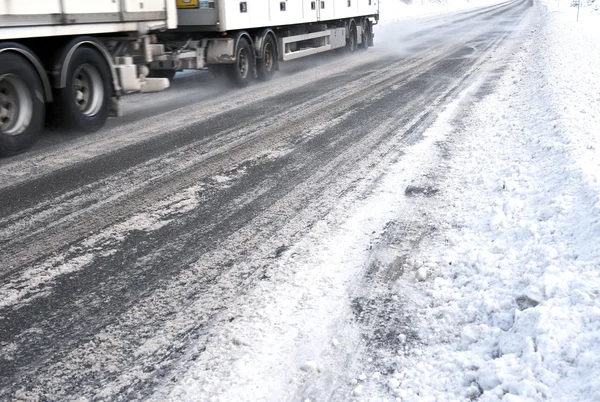
Driving heavy vehicles across frozen lakes and rivers creates situations where ice thickness calculations can prove fatally wrong, while remote locations mean that breaking through ice usually results in death before rescue arrives. Weather conditions change rapidly in arctic environments, transforming safe passages into death traps within hours as temperature fluctuations affect ice stability.
Even experienced ice road drivers acknowledge that the activity depends more on luck than skill, with vehicle recovery often impossible when trucks break through ice in remote locations.
Crocodile Cage Diving
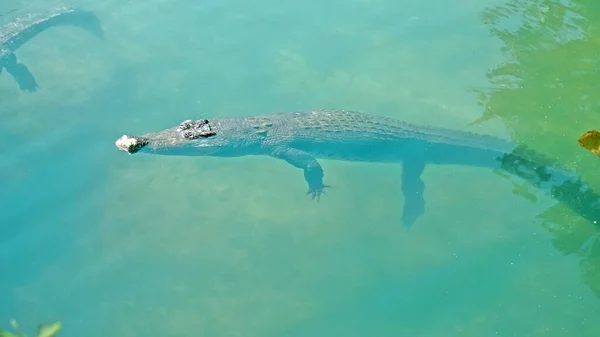
Unlike shark diving, crocodile encounters involve reptiles whose bite pressure exceeds 3,000 pounds per square inch and whose death roll behavior can destroy safety cages not specifically designed to handle rotational forces. Saltwater crocodiles show aggressive territorial behavior that makes them more likely to attack cages than sharks, while their ability to remain motionless for hours means that seemingly calm situations can explode into violence instantly.
Murky water conditions in crocodile habitats reduce visibility to near zero, preventing participants from monitoring approaching threats.
Like Travel Pug’s content? Follow us on MSN.
Cliff Jumping into Unknown Waters

Leaping from cliffs into natural water bodies creates multiple ways to die or become permanently disabled, from hidden rocks and shallow water to strong currents and underwater obstacles that aren’t visible from jumping points. Water temperature shock can cause immediate muscle paralysis, while impact injuries from hitting water at high speeds often result in spinal damage even when depths appear adequate.
Rescue operations from remote cliff areas often prove impossible, especially when jumpers become unconscious or disabled upon impact.
Storm Chasing in Vehicles

Following severe weather systems creates situations where tornado paths, flash flooding, and extreme wind conditions can change faster than vehicles can escape, trapping storm chasers in genuinely life-threatening weather phenomena. Visibility during severe storms often drops to zero within seconds, while roads can become impassable from flooding or debris without warning.
Even meteorologists acknowledge that predicting exact tornado behavior remains impossible, making close approaches essentially a gamble that storm systems won’t change direction or intensity.
Himalayan Mountaineering Above 26,000 Feet

The death zone above this elevation creates conditions where human physiology begins failing regardless of fitness level or mountaineering experience, while weather windows for safe passage remain unpredictable and brief. Altitude sickness can progress from mild symptoms to fatal cerebral or pulmonary edema within hours, while evacuation from extreme altitudes often proves impossible during weather emergencies.
Commercial expeditions have created crowded conditions on popular routes where bottlenecks form in areas where delays can become fatal due to oxygen depletion and exposure.
Like Travel Pug’s content? Follow us on MSN.
Urban Exploring in Abandoned Buildings

Exploring derelict structures creates exposure to asbestos, lead paint, unstable floors, and structural collapse hazards that can cause immediate death or long-term health problems from toxic exposure. Many abandoned buildings contain squatters, drug operations, or other criminal activities that make encounters with dangerous individuals likely.
Emergency services often refuse to respond to calls from abandoned properties, while structural instability can trap explorers in buildings that are scheduled for demolition.
Wild Animal Photography at Close Range
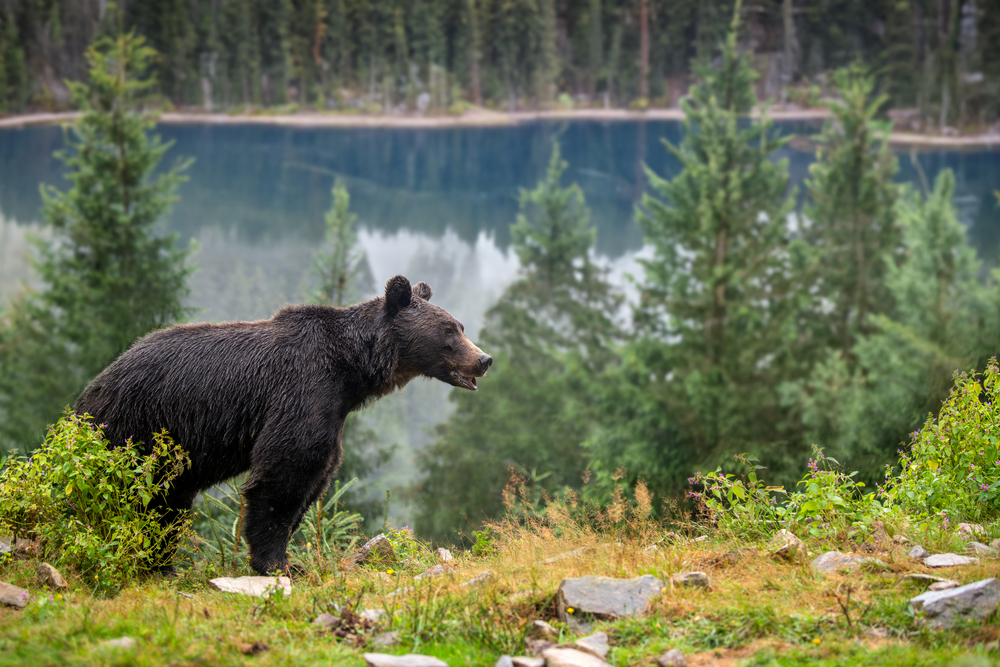
Approaching large predators or territorial animals for dramatic photographs creates situations where normal animal behavior can quickly turn fatal, especially during mating seasons or when animals are protecting their young. African wildlife, in particular, kills more photographers and tourists annually than most people realize, with elephants, hippos, and big cats causing fatalities among visitors who underestimate animal speed and aggression.
Remote safari locations often lack immediate medical care, while animal attacks frequently result in injuries so severe that even prompt treatment cannot prevent death.
Solo Sailing in Remote Ocean Areas
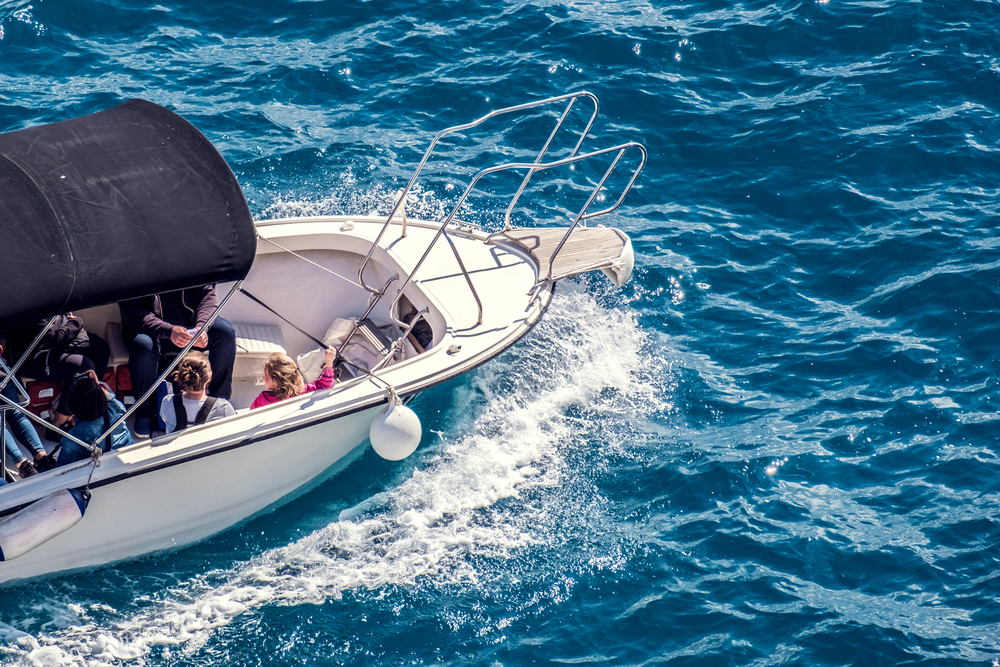
Sailing alone across vast ocean expanses eliminates backup systems and emergency assistance when equipment failures, medical emergencies, or severe weather conditions occur hundreds of miles from any possible rescue. Modern communication equipment can fail or become damaged, leaving solo sailors completely isolated during emergencies that would be manageable with crew assistance.
Weather systems in remote ocean areas can intensify beyond forecast predictions, creating conditions where even experienced sailors cannot manage their vessels alone.
Like Travel Pug’s content? Follow us on MSN.
Risk Versus Reward Reality
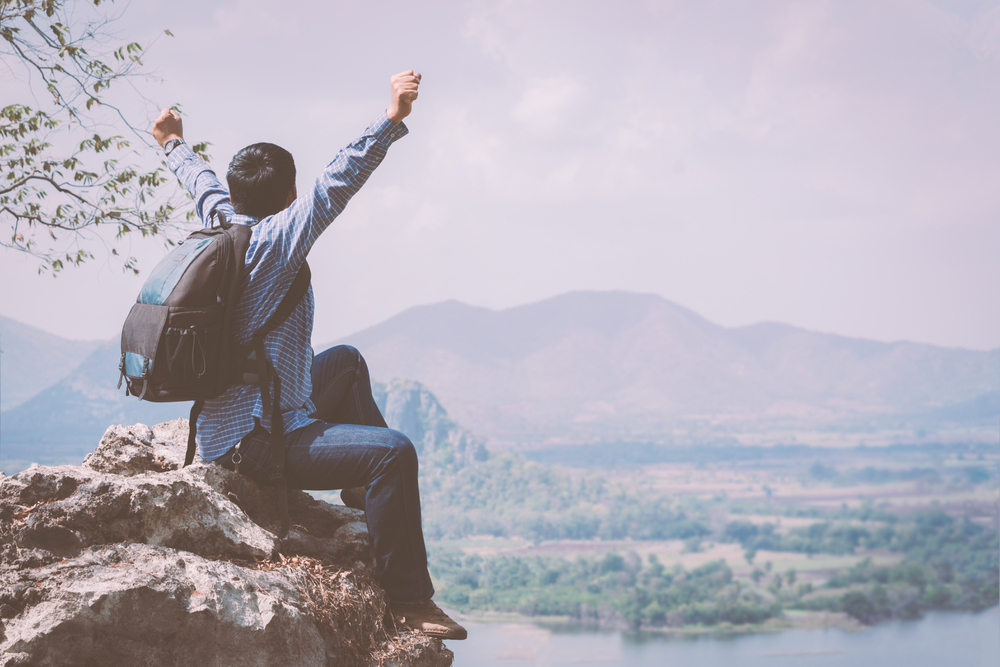
These activities demonstrate how adventure tourism marketing often obscures genuine dangers that extend far beyond acceptable risk levels for recreational activities. Unlike legitimate extreme sports that use proper training, safety equipment, and risk management protocols, these pursuits rely more on luck than skill while offering minimal rewards for accepting potentially fatal consequences.
Smart adventurers find plenty of genuine thrills through activities that challenge their abilities without unnecessarily risking their lives, leaving these deadly pursuits to those who mistake recklessness for courage.
More from Travel Pug

- 20 Best Beach Towns in the Carolinas
- 13 Destinations Where Tourists Regularly Regret Their Trip
- 20 Things You Actually Get in First Class
- 20 Small Airports With Aviation Museums
- 20 Places in the U.S. That Are Perfect for a Reset Trip
Like Travel Pug’s content? Follow us on MSN.
